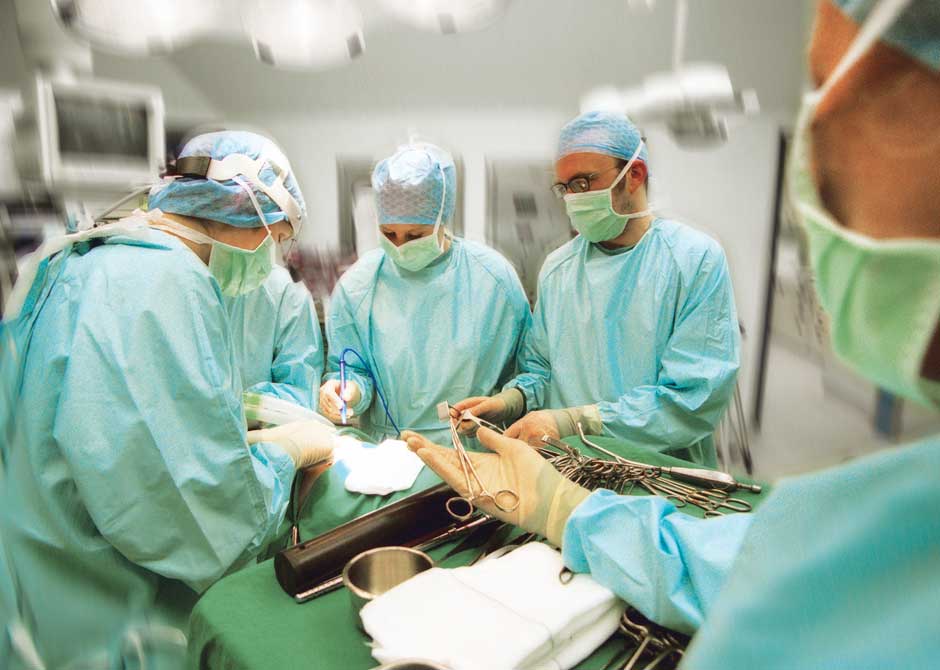Clinical research enables our medical professionals to understand mechanisms that lead to new solutions. Once those solutions are developed, clinical trials ensure they are safe and ready for use among those who need them.
Our Highlights
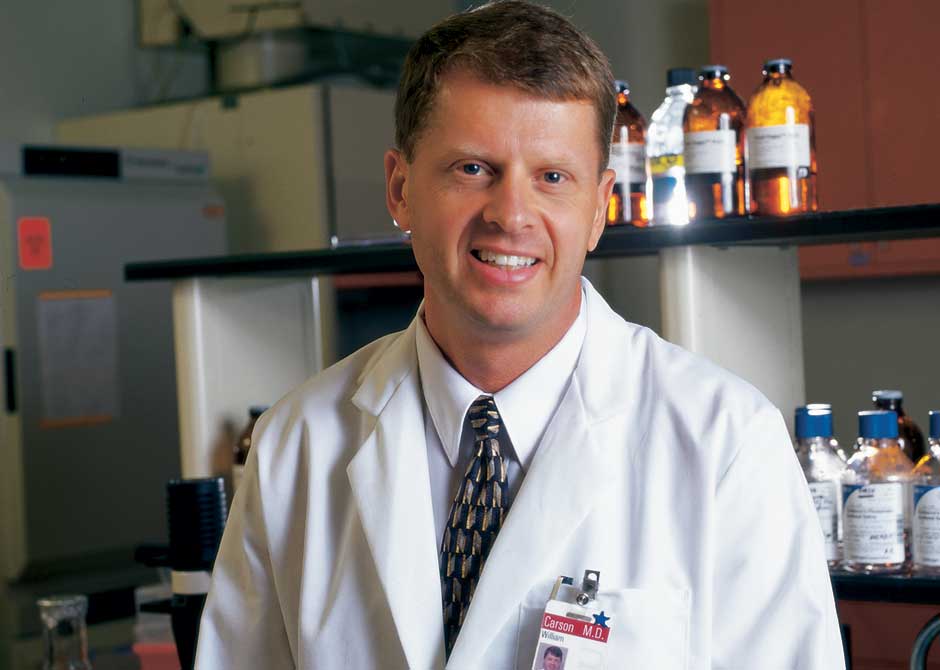
Finding targeted drugs to turn off suppressor cells
Despite the promising results of immune-based therapies in treating cancer, almost 70 percent of patients with advanced cancers do not respond to a new class of immune-stimulating drugs. Dr. Carson’s research group feels that this lack of response could be due to a type of immune cell that the cancer uses to block tumor shrinkage. These suppressor cells can be turned off or even eliminated with targeted drugs. Dr. Carson and his group are now conducting clinical studies in patients with cancer using a combination of drugs: one drug to stimulate the cancer fighters of the immune system and another to block the suppressor cells. These studies are first piloted as test tube experiments and then later taken into the clinic to help patients.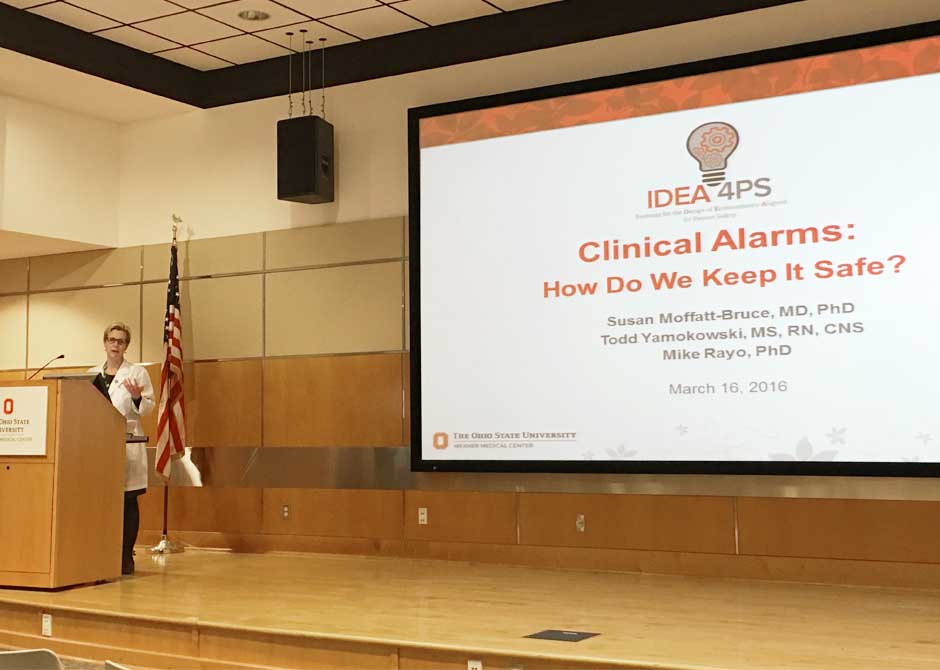
Creating systems and environments to ensure the highest level patient care
A Learning Healthcare System (LHS) can be described as an organizational approach to healthcare delivery with efforts to improve both the effectiveness and the quality of outcomes and efficiency. For an LHS to be effective, research must be integral to the operations so that a continuous cycle of implementation, study and improvement is embraced.The Institute for the Design of Environments Aligned for Patient Safety (IDEA4PS) was created to leverage the LHS concept and provide the highest level of care to our patients locally as well as nationally.
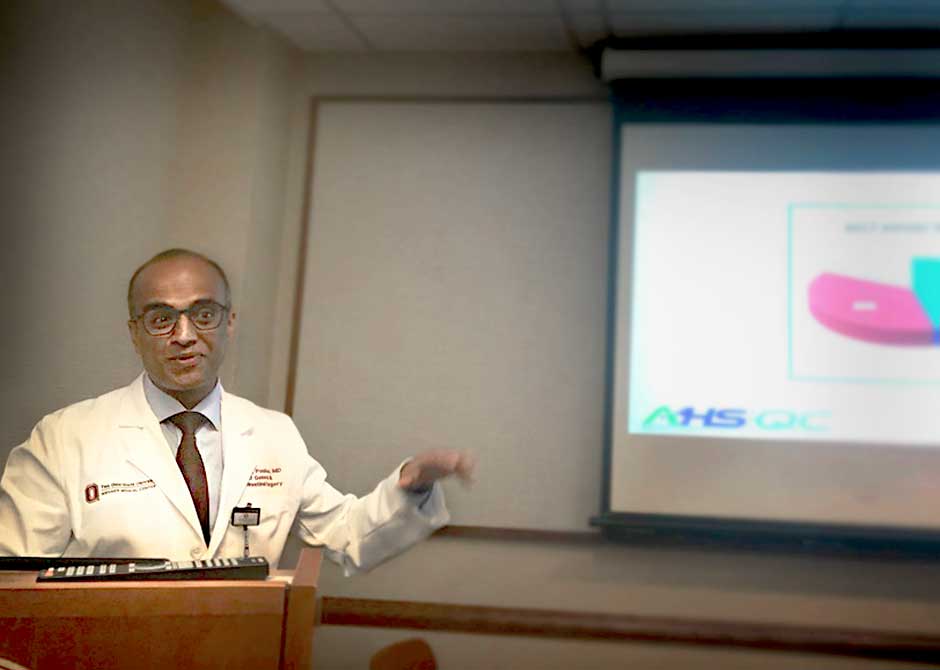
Working to restore abdominal core health in surgery patients
Maintaining abdominal core health is important to nearly every activity we perform in our daily lives. Yet abdominal core strength and integrity can be compromised by life-saving operations needed for trauma, transplantation, cancer or other diseases requiring abdominal surgery. Dr. Benjamin Poulose’s research efforts focus on restoring abdominal core health in patients by identifying the best treatments for hernia and related pain and weakness of the abdominal core.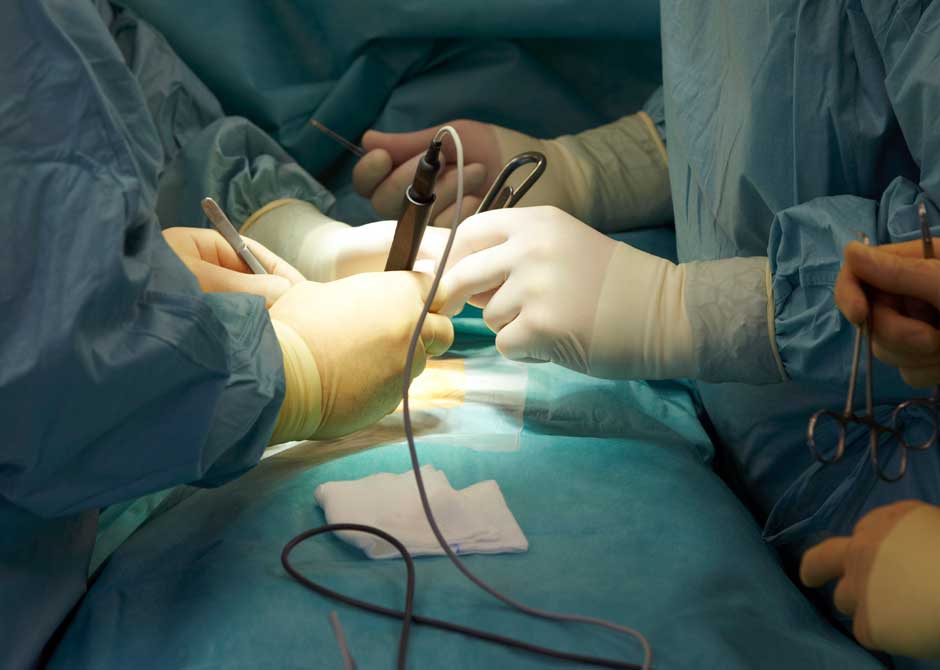
Using infrared to better see parathyroids
Parathyroids are tiny organs located next to the thyroid glands. These organs are vital for calcium hemostasis, which manages calcium levels in the body. Dr. John Phay’s laboratory discovered that parathyroids naturally “glow” in the near-infrared spectrum, allowing them to be more easily seen during surgery. This facilitates their preservation during surgery for thyroid cancer, for example. And if the parathyroids are diseased, they’re easily seen for removal.